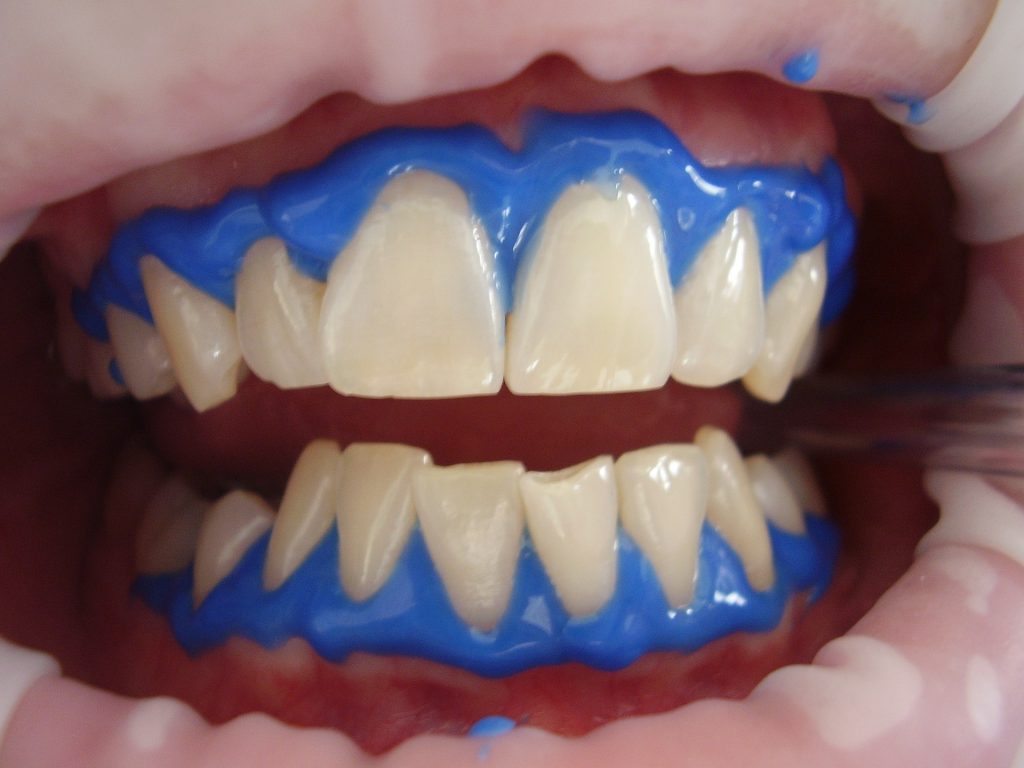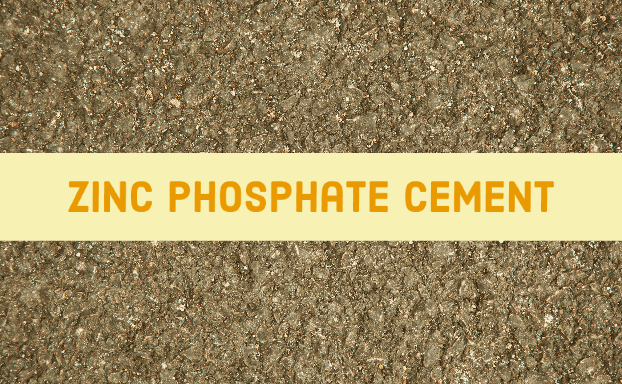Walking bleach is a bleaching procedure performed at a dental clinic. The tooth involved is usually non vital and should be endodontically treated.
Given by Nutting and Poe.
Another name of Walking Bleach is Intracoronal bleaching
Used in non vital endodontically treated tooth to remove tooth discoloration.
Indications
Dentin discoloration
Discoloration caused due to pulp chamber origin
Moderate to severe tetracycline staining
Dicoloration which cannot be removed by extra coronal bleaching
Contraindications
Caries
Defective enamel formation
Superficial enamel discoloration
Poor prognosis of tooth
Technique
Enamel surface is polished with polishing paste.
Petroleum jelly is applied to gingiva around the tooth to be bleached
Rubber dam placed
Access cavity prepared
All coronal portion of the Gutta percha present should be trimmed/removed either with Gates Glidden drill or plugger. The Gutta percha must be at the level of the alveolar bone. The GP is condensed vertically to 1mm apical to CEJ
Remove all pulp horns if present
Orifice of Root Canal is sealed with either GIC, MTA which acts like barriers
Patients face should be draped and glasses should be given to the patient
Sodium perborate is mixed with distilled water to form a thick paste in a dappen dish. If stains are severe, 3% hydrogen peroxide is added to the mix.
With a plastic instrument, this mix should be placed in the pulp chamber prepared earlier. Entire pulp chamber must be filled with the paste.
A small cotton pellet is placed over the paste which is dipped in hydrogen peroxide.
Access cavity is sealed using any adhesive material. Ideal thickness of the adhesive should be 3mm.
Maximum bleaching effect is observed after 24 hrs of treatment. Patient follow up is usually done at day 3 and day 7 to compare the results.
After bleaching treatment, if the shade is dark, additional bleaching is required.
If the tooth color after the bleaching treatment is too light, permanent restoration is given.


